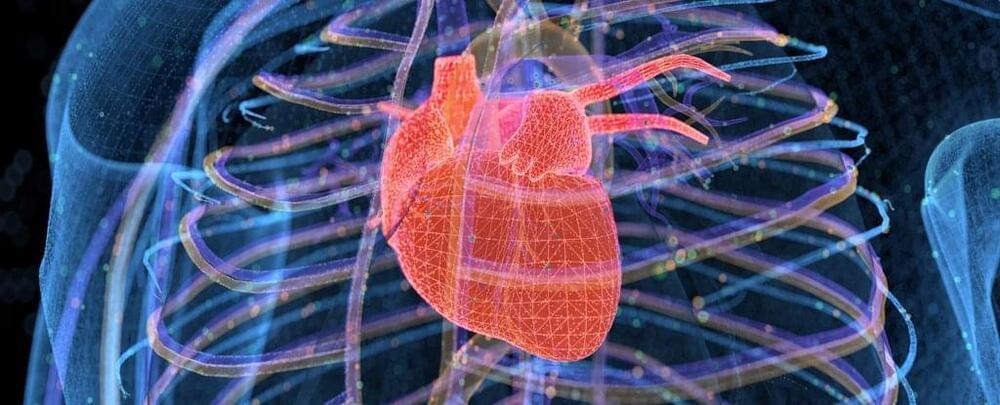Recent technological advances, such as the development of increasingly sophisticated machine learning algorithms and robots, have sparked much debate about artificial intelligence (AI) and artificial consciousness. While many of the tools created to date have achieved remarkable results, there have been many discussions about what differentiates them from humans.
More specifically, computer scientists and neuroscientists have been pondering on the difference between intelligence and “consciousness,” wondering whether machines will ever be able to attain the latter. Amar Singh, Assistant Professor at Banaras Hindu University, recently published a paper in a special issue of Springer Link’s AI & Society that explores these concepts by drawing parallels with the fantasy film “Being John Malkovich.”
“Being John Malkovich” is a 1999 film directed by Spike Jonze and featuring John Cusack, Cameron Diaz, and other famous Hollywood stars. The film tells the story of a puppeteer who discovers a portal through which he can access the mind of the movie star John Malkovich, while also altering his being.
As physicists dig deeper into the quantum realm, they are discovering an infinitesimally small world composed of a strange and surprising array of links, knots, and winding. Some quantum materials exhibit magnetic whirls called skyrmions — unique configurations sometimes described as “subatomic hurricanes.” Others host a form of superconductivity that twists into vortices.
Now, in an article published in the journal Nature, a Princeton-led team of scientists has discovered that electrons in quantum matter can link one another in strange new ways. The work brings together ideas in three areas of science – condensed matter physics, topology, and knot theory – in a new way, raising unexpected questions about the quantum properties of electronic systems.
Topology is the branch of theoretical mathematics that studies geometric properties that can be deformed but not intrinsically changed. Topological quantum states first came to the public’s attention in 2016 when three scientists, including Duncan Haldane, who is Princeton’s Thomas D. Jones Professor of Mathematical Physics and Sherman Fairchild University Professor of Physics, were awarded the Nobel Prize for their theoretical prediction of topology in electronic materials.
Our bodies are pretty ingenious when it comes to self-repair, and scientists have been studying in detail the ways in which the heart patches itself up after a heart attack (myocardial infarction). They hope to find clues that could lead to better treatments for cardiovascular problems.
New research has revealed that the immune response of the body and the lymphatic system (part of the immune system) are crucial in the way that the heart repairs itself after a heart attack has caused damage to the heart muscle.
Key to the study was the discovery of the role played by macrophages, specialist cells that can destroy bacteria or initiate helpful inflammation responses. As the first responders on a scene after a heart attack, these macrophages produce a particular type of protein called VEGFC, the researchers report.
Engineers at EPFL’s Laboratory of Applied Photonic Devices (LAPD), within the School of Engineering, have developed a novel 3D printer capable of fabricating objects almost instantaneously in opaque resin, according to a press release by the institution published on Monday.
EPFL claims its new 3D printer is one of the fastest in the world. It achieves this speed by replacing additive manufacturing with a new volumetric method.
A Star Wars-inspired test
“We pour the resin into a container and spin it,” said in a statement Christophe Moser, a professor at LAPD. “Then we shine light on the container at different angles, causing the resin to solidify wherever the accumulated energy in the resin exceeds a given level. It’s a very precise method and can produce objects at the same resolution as existing 3D-printing techniques.”
An image captured by the Hubble Space Telescope and shared by NASA this week shows the most stunning of spiral galaxies: A Grand Design Spiral called NGC 3,631, given that designation because of its clear, prominent arms and highly organized spiral structure. This ideal spiral galaxy is located 53 million light-years from Earth in the constellation of Ursa Major and is seen face-on from Earth to give a perfect view of its pleasing structure.
The image was created using data from two of Hubble’s instruments, the Wide Field Camera 3 and Advanced Camera for Surveys. The Advanced Camera for Surveys is a Hubble camera used primarily for capturing data in the visible light range, which is the same range seen by the human eye. It was installed onto Hubble in 2002. The Wide Field Camera 3 is a newer instrument, installed in 2009 as an upgrade to the older Wide Field and Planetary Camera 2. The Wide Field Camera 3 is used to capture ultraviolet and infrared light as well as to detect visible light.
This image combines both visible light and infrared data. The blue shades represent light which is in the blue visible light wavelength, while the orange represents the infrared data. Looking in the infrared is helpful to look through clouds of dust that are opaque in visible light, and it also maps out the distribution of heat as warm material gives off infrared light.









